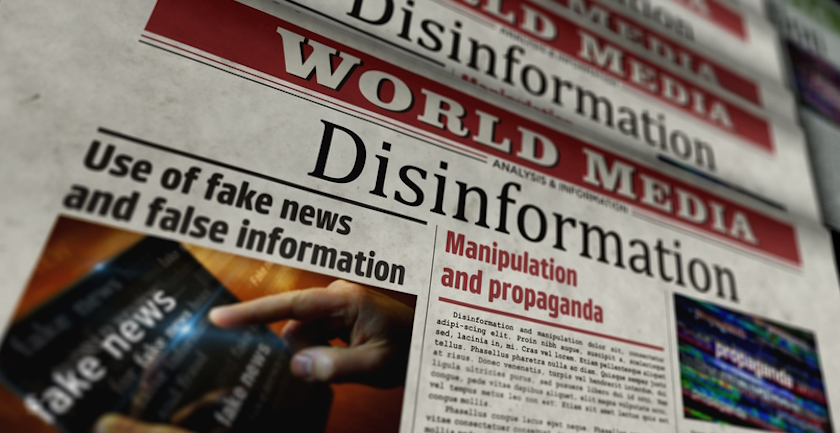In our previous discussion, we explored the dual potential of AI integration in politics – a force for positive transformation and a source of concern. The power of AI to enhance campaign strategies, predict voter behavior, and streamline political processes is undeniable. However, it also gives rise to pressing issues such as disinformation, polarization, voter manipulation, gerrymandering, bias, and power concentration. In this follow-up post, we dive into potential solutions to address these challenges and seek an equilibrium between technology advancement and preserving democratic values.
Despite the inherent risks, AI can be harness for the betterment of politics when accompanied by proper safeguards. The responsibility for implementing these mitigation and countermeasures is shared among various stakeholders, including governments, technology providers, developers, the media, and individual users. Here are some key recommendations to mitigate the potential misuse of AI in politics:
Automated Detection Tools
First, simple guardrails can be implemented by AI technology providers to detect and label AI-generated content. These are readily available tools such as GPTZero, Open AI’s classifier and DetectGPT. Although these tools may not be foolproof, they have proven to be more accurate with longer texts. Notably, experts from Foundation for American Innovation advocate for the open-source AI tools. This approach offers flexibility and the ability to swiftly customize tools for detecting and countering fabricated influence campaigns. Open-sourcing fosters greater transparency and enhances software accessibility, thus simplifying the process for the forensics community to develop effective detection systems.
Restrict Access to User Data
Malicious actors often leverage user data for training machine learning algorithms, employing techniques like social listening, sentiment analysis, and stance detection. This enables them to deduce relationships, interests, and susceptibility to influence, facilitating the spread of misinformation and the precise targeting of their messages. To address this concern, organizations operating online platforms should impose restrictions on access to user data. Governments play a crucial role in this endeavor by enforcing regulations that specify which user data can be authorized for sale through data brokers, establishing a framework to safeguard individual privacy and reduce the risk of AI manipulation in politics.
Strengthen Privacy Technologies
To enhance the protection of sensitive user data and thwart the misuse of AI, organizations must invest in and fortify privacy technologies. One of the fundamental building blocks of privacy is encryption, protecting user data from being exploited for AI manipulation. Complementing this approach is the adoption of data minimization as it involves collecting only the data necessary for the intended purpose, reducing user information available.
Integrate Threat Modeling
As a fundamental measure, the AI product development process must incorporate threat modeling teams tasked with identifying areas susceptible to exploitation by adversaries. Through this process, developers systematically map risks and vulnerabilities, anticipating new threat tactics, and identifying potential mitigations. This proactive stance allows technology platforms and AI researches to uncover how individuals may misuse their platform features and AI capabilities. The incorporation of machine learning enhances the process by enabling transfer learning, facilitating the application of knowledge from one context to another, and fine-tuning the algorithms to create new safeguards with less computing power and training data.
Reform Recommendation Engines
This multifaceted safeguard involves the significant transformation of recommendation algorithms. Users must be granted the option to reset the assumptions algorithms have formed about them based on their past actions and preferences. This should be coupled with enhanced transparency, allowing online platforms to provide explanations for search results. It empowers users to gain a deeper understanding of why certain content is recommended and exposes the origin of the information they encounter. Furthermore, platforms should enable independent audits conducted by reputable researchers to shed light on necessary changes in recommendation systems. These changes are aimed at reinstating the original purpose of such systems—to connect and inform human societies, rather than dividing and disinforming them.
Build Public Resilience Against Misused AI
Humans stand as the ultimate line of defense against technology-driven manipulation. The COVID-19 pandemic has seen the rampant proliferation of health-related misinformation, leading to increased discussions and heightened awareness of the dangers of fake news. This experience underscores the urgent need to educate the public on the intricacies of AI and its potential of misuse in the political realm. As a key measure, governments must actively engage in implementing digital literacy programs that draw from the lessons and successes observed in such initiatives worldwide. These programs are essential for empowering individuals to recognize, refuse, and report the misuse of AI-driven campaigns, thereby bolstering their own resilience and protecting political integrity at the grassroots level.
While the age of information enabled the age of disinformation, society as a whole need to react to the unintended consequences and deliberate threats posed by AI. It is a call for governments to modernize regulations, competition rules, and supervision, aligning them with the ever-evolving requirements of the data economy. Simultaneously, companies must shoulder the responsibility of ensuring that their business models and offerings are compatible with the integrity of political institutions and processes. Finally, individual users need to embark on a journey of empowerment, equipping themselves with better understanding of the algorithms and designs behind their digital tools, platforms, and ecosystems.
In its essence, technology is politically neutral. However, its application tilts far from neutrality. These tools, often double-edged in nature, serve the right and wrong actors, presenting both promise and peril in equal measure. The future of political dialogue and governance lies within this juxtaposition of AI’s boundless potential and its susceptibility to misuse. The ethical compass that guides this journey will pivot around optimizing AI’s role in elevating politics, all while remaining compatible with a stable, dynamic, and prosperous society. The path forward mandates the enrichment of societal discourse, fortification of regulatory frameworks, and propagation of public awareness and digital literacy to chart a more informed, resilient political future.

